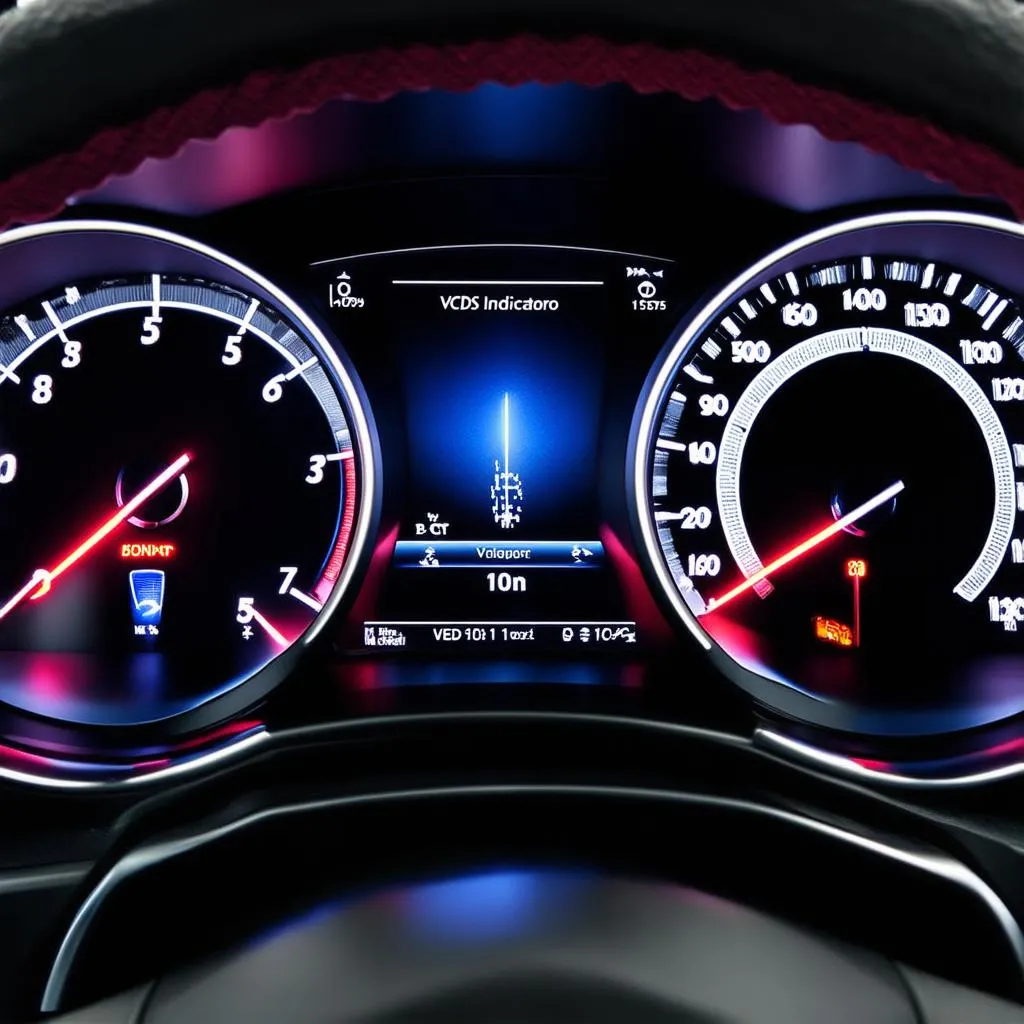As automotive technicians, we encounter a range of vehicle issues daily, and crash data stored in a vehicle’s airbag control module (ACM) is one we often need to address. Whether it’s for diagnostic purposes or post-repair procedures, understanding how to reset crash data, especially using VCDS, is crucial. This article delves into the specifics of VCDS crash data reset, providing a comprehensive guide for professionals.
What is VCDS Crash Data Reset?
VCDS, short for “VAG-COM Diagnostic System,” is a powerful diagnostic software developed by Ross-Tech. It allows in-depth interaction with the various control modules found in vehicles from the Volkswagen Group (Audi, Volkswagen, Seat, Skoda, etc.). One of its functionalities includes resetting crash data stored in the ACM.
When a vehicle experiences a collision that triggers the airbags, the ACM stores critical information about the event, such as the severity of the impact and which airbags deployed. This data, however, can sometimes hinder further diagnostics or prevent the system from functioning correctly after repairs.
For instance, let’s say you’re working on a vehicle that’s had its airbags deployed. Even after replacing the airbags and sensors, the ACM might still hold the crash data, preventing the airbag system from arming again. This is where VCDS crash data reset comes in.
How to Perform a VCDS Crash Data Reset
Disclaimer: Tampering with safety-critical systems like airbags can have serious consequences if not done correctly. This guide is for informational purposes only. Always refer to the vehicle manufacturer’s repair information and procedures.
General steps involved:
- Connect VCDS: Using a genuine VCDS interface cable, connect your computer to the vehicle’s OBD-II port.
- Launch VCDS Software: Initiate the VCDS software and establish communication with the vehicle.
- Select Control Module: Navigate to the “Select Control Module” section and choose the “Airbag” module.
- Access Advanced Functions: Within the Airbag module, locate and select “Advanced Functions.”
- Crash Data Reset: Look for an option labeled “Crash Data Reset,” “Clear Crash Data,” or something similar. The exact wording might vary depending on the vehicle model and year.
- Execute and Confirm: Follow the on-screen prompts to execute the crash data reset. The system might ask for confirmation before proceeding.
- Clear Fault Codes: After the reset, clear any remaining fault codes related to the airbag system.
Note: The steps might slightly differ based on the specific vehicle model and the VCDS software version.
 VCDS Interface Connected to Car
VCDS Interface Connected to Car
Benefits of Using VCDS for Crash Data Reset
- Comprehensive Diagnostics: VCDS offers a wide range of diagnostic capabilities, going beyond just resetting crash data.
- OEM-Level Access: The software provides access to module-specific information that might not be accessible through generic OBD-II scanners.
- User-Friendly Interface: Despite its advanced capabilities, VCDS is relatively user-friendly, even for technicians new to the software.
- Regular Updates: Ross-Tech consistently updates VCDS to ensure compatibility with newer vehicle models and functionalities.
Frequently Asked Questions
Can I use a generic OBD-II scanner to reset crash data?
Generic OBD-II scanners are primarily designed to read and clear engine-related fault codes. While some might offer basic airbag system access, they are unlikely to have the functionality to reset crash data like VCDS does.
Is it legal to reset crash data?
Resetting crash data is legal for repair and diagnostic purposes. However, it is illegal to do so to conceal information about an accident, especially when selling a vehicle.
Do I need any special training to use VCDS?
While VCDS is user-friendly, having a fundamental understanding of automotive electronics and diagnostic procedures is recommended.
What are some other uses for VCDS?
Aside from crash data reset, VCDS can be used for:
- Reading and clearing fault codes from various control modules
- Performing adaptations and basic coding
- Monitoring live data streams from sensors and actuators
- Activating/deactivating specific vehicle features
 Mechanic Using VCDS
Mechanic Using VCDS
Conclusion
VCDS crash data reset is a valuable tool for automotive professionals dealing with post-collision repairs and diagnostics. By understanding the process and implications, technicians can effectively utilize this functionality to ensure the proper functioning of vehicle safety systems.
For further assistance or to explore our range of automotive diagnostic tools, please contact Cardiagtech. Our team of experts is always ready to provide guidance and support.


